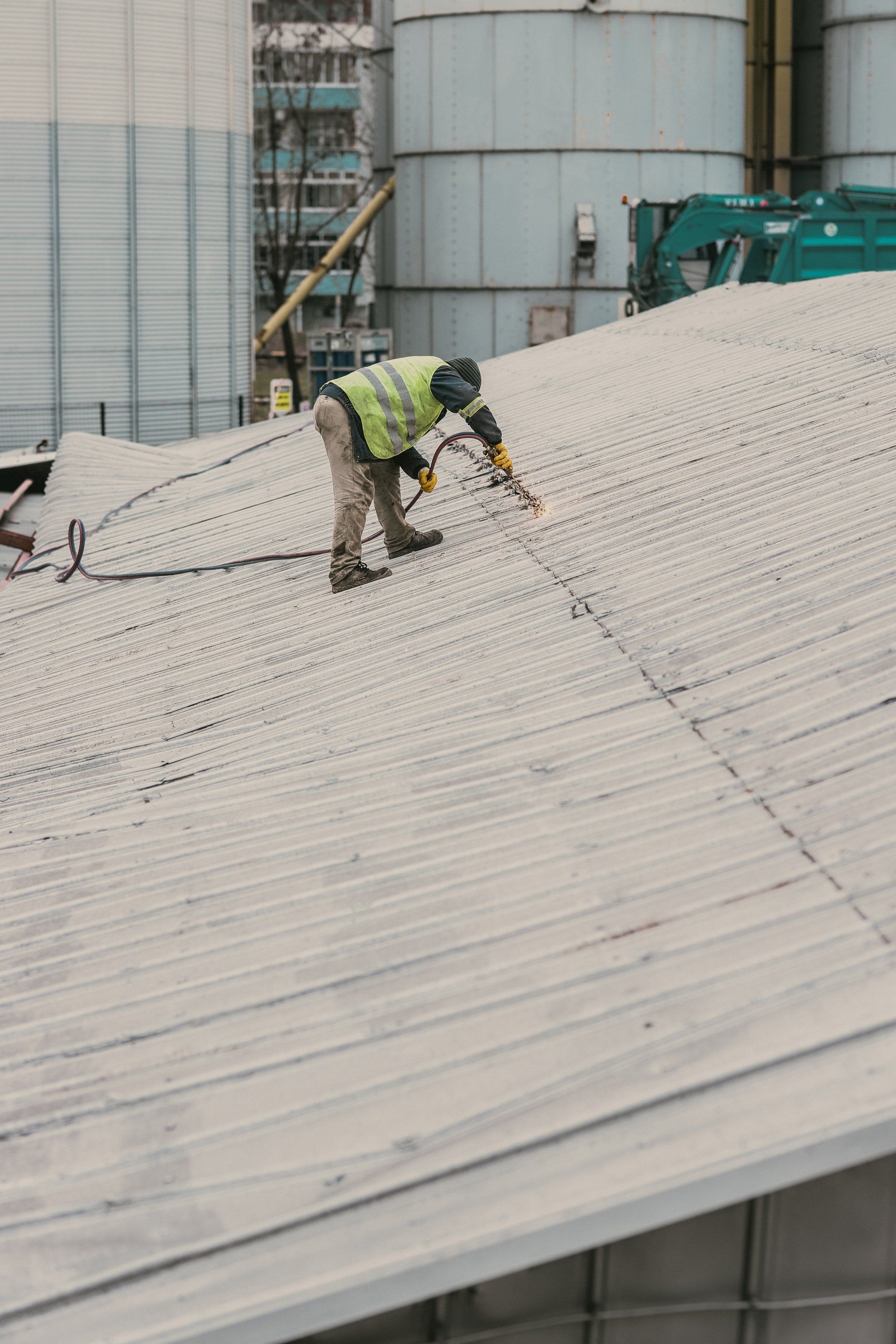Blog
Roof Styles: A Guide
Although replacing or installing a roof on your home is a significant time and financial investment, it can increase curb appeal and provide additional protection. The roof design, style, shape, material and other decisions that homeowners make will impact the value of their home.
The decision-making process is not difficult, even though it can feel overwhelming. This article will discuss the main features of different roof styles. It will help you to understand their design as well as their durability. It will help you pick the best roof for you and your budget, too.
Choose from a variety of roof styles and shapes.
There are many options for roof styles and shapes. Each one offers unique curb appeal as well as protection from the elements. If a roof is not specifically designed for your home, it can be vulnerable to wind and rain damage.
Roof Styles
Hip Roofs
Hip roofs are an extremely popular roofing choice thanks to their sleek, modern design and outstanding durability. A hip roof is made up of sloped sides, which are equal in length and connect at the top to form what is called a ridge. The area where one section and another of the roof meet is called the "hip." Hip roofs are distinguished by their lack of vertical sides and "gables."
Hip roofs are nearly always on the same pitch or slope. This makes them symmetrical in the middle lines. The hip "bevel" is the ratio of the slope or pitch to the roof.
Gable Roofs
Gable roofs are another popular style. They have two slopes that meet at the top and a ridge at their ends, creating a triangle roof frame. It is possible to modify the shape of your roof by changing the steepness or adding more gables or changing how they are laid out.
Gable roofs can shed snow and water easily, but they are more vulnerable to being damaged in windy climates or those that experience hurricanes.
Gambrel Roofs
Gambrel roofs can be barn-shaped and have steep slopes on both sides, with a gentler slope on the top. This allows for storage or attic space on the top. It is common in Georgian and Dutch Colonial homes as well as barns and farmhouses. The steep slopes can be made more ventilative by adding windows.
Mansard Roofs
Mansard roof styles feature slopes on all sides, which flow downwards from a low-pitch top. Roof silhouettes can take many shapes, such as flat, curved, angled and sloped or a combination.
Jerkinhead Roofs
A Jerkinhead roofing combines elements of both gable and hip roofs. It is either a gable or hip roof with shorter ends or clipped ends or a roof with two sides that are shorter.
The clipping or turning down of the point makes this roof more stable than standard gable and hip roofs. This provides additional wind resistance. They provide homeowners with more living space, but they come at a higher price due to their more complicated design.
Butterfly Roofs
A butterfly roof is a V shape construction with two tandem pieces angled up. The midsection of the piece intersects with the other piece, creating a valley. This gives it the appearance of a butterfly's wings, hence the name.


Tough Roofing Victoria
1126 Rockland Ave Unit 203, #BB, Victoria, BC V8V 3H7
FOLLOW US
Tough Roofing Victoria, BC


